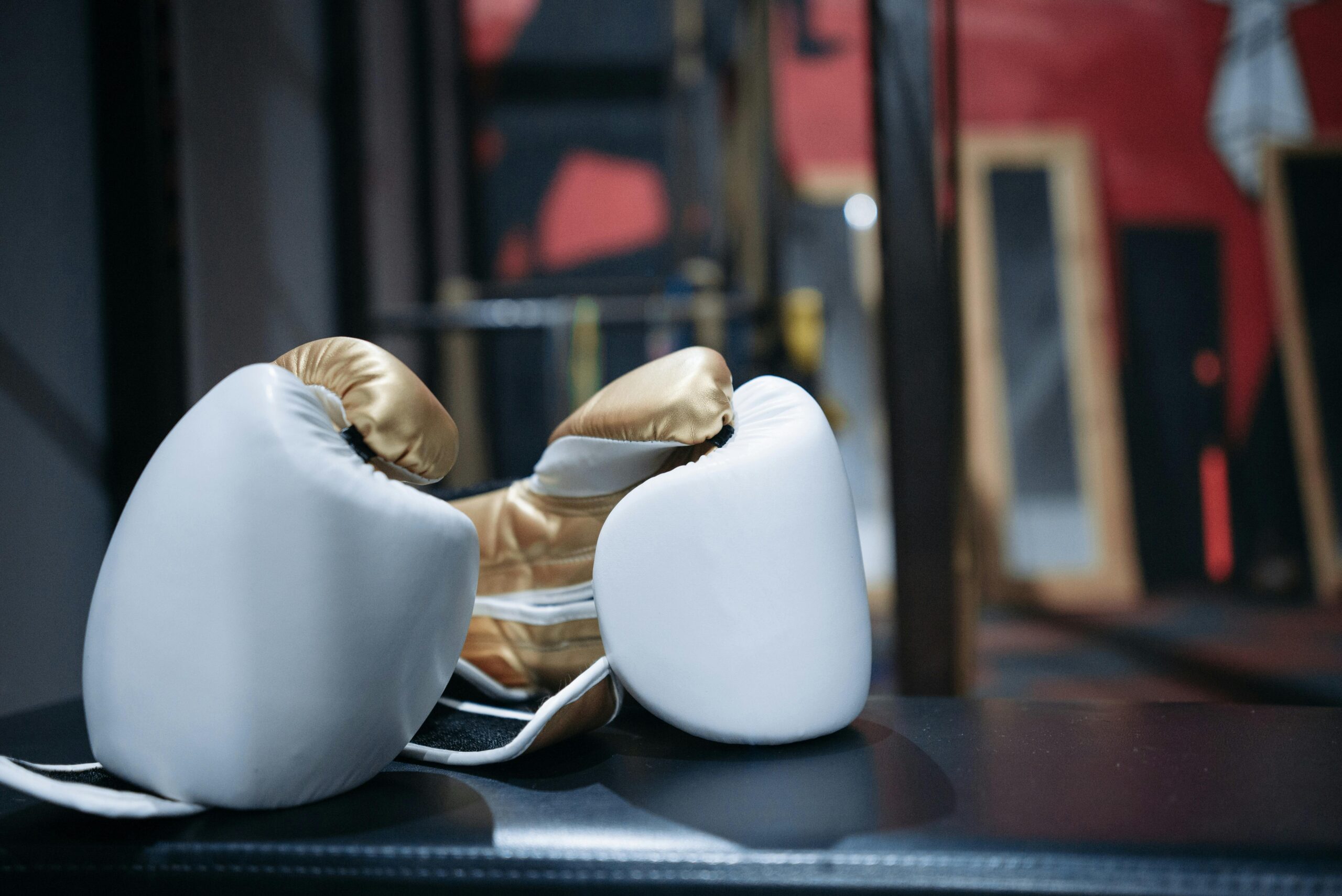
By Emma Zimmerman
The December 2nd issue of Sports Illustrated featured Joe Burrow, the recipient of the 2019 Heisman Trophy for best college football player. Joe’s story was both well-written and inspiring. Still, my frustration prevented me from fully enjoying the piece. Between August 12, 2019 and December 2, 2019, the cover of every single issue of Sports Illustrated showed a male athlete, with the majority of the inside stories highlighting men as well. The December 16th issue—featuring a no-nonsense picture of Megan Rapinoe and stories of prominent female athletes—both excited and dismayed me. Apparently, we needed a special “women’s issue” to tell the stories of female athletes.
Female athletes are having their “moment”, at least that’s what the headlines, the tweets, and the cover of Sports Illustrated would suggest. But here’s the catch: it’s just a moment. My guess is that Sports Illustrated will go right back to featuring the images of male athletes—just as it did on the thirteen previous covers. Maybe they’ll include a story or two about a female tennis player, or the WNBA championship team—in a side panel or on a two-page segment, if we’re lucky.
A 2013 Smithsonian Magazine article calculated that, if you take out the Swimsuit Edition, women appear on just 4.9% of Sports Illustrated covers. This year, the feature of Megan Rapinoe marked the fourth time that a woman has achieved the Sportsperson of the Year Award and graced the cover of Sports Illustrated. The award has been around for 66 years.
If we look at the media coverage of female athletes over 2019, a year often considered paramount for women in sports, we first see the coverage of the U.S. women soccer team, their World Cup victory, and their fight for equal pay (a feat that has yet to be realized, by the way). We then find the Dream Maternity Project, disclosing Nike’s policy of cutting payment and pausing the contracts of pregnant female track athletes. Finally, we watch Mary Cain’s opinion- documentary on the abuse and forced weight-loss she endured from Nike coaches. These pieces don’t function to celebrate the victories of female athletes, but rather, to expose the inequality they have faced. Perhaps, we are not yet at a place where sports media can simply celebrate the victories of women. Due to the historically insufficient media focus on female athletes, there is simply too much abuse to uncover first.
What is more, Dream Maternity and Mary Cain’s story (as well as some of the unequal pay reporting) were covered by a single journalist, New York Times’s Lindsay Crouse. These stories would have remained uncovered if one journalist—a woman and an athlete herself—had not considered them worthy of attention. Imagine the quantity of stories—both victories and injustices—that could be uncovered if we increased the opportunities and appeal in reporting on female athletes.
I would be remiss to exclude the one area of sports media in which women remain over-represented—their sexualization. In 2011, the Atlantic released a satirical list, “9 Ways Women Get on the Cover of ‘Sports Illustrated’.” The list included “be beautiful” and “put on a bathing suit.” Yet, this sexualization is not reserved for the Swimsuit Edition. The Atlantic article displays a Sports Illustrated cover where tennis player, Anna Kournikova, poses seductively on top of a pillow. Beside it, another cover displays softball pitcher, Jennie Finch, pulling on the belt loop of a short denim skirt, rather than her sliding shorts. For female athletes, it’s not enough to be good at your sport. Evidently, you must be seductive too.
Many explanations arise for the faulty representation of female athletes. First of all, more than 90% of sports anchors, commentators, and editors are men. Perhaps the reporting on female athletes would change if more women shaped the coverage. However, we can’t just recruit women to work in sports journalism. Rather, we must ensure that sports reporting evolves into a more inclusive industry. What female journalist would want to submit herself to harassment, a commonality highlighted by the Not Just Not Sports #MoreThanMean video? What female journalist would want to tell the stories of female athletes when these stories will reach a single special-edition publication, marketed only towards women? What female journalist would want to tell the stories of female athletes when she must dress her subject in a low-cut shirt, instructing her to gaze seductively at the camera?
Female athletes don’t want their stories to be singled-out as woman only stories, just as they don’t want their images to function as eye-candy for male readers. Of course, the successes of female athletes are inspiring to women and girls across the world (as they should be). But that doesn’t mean they should only inspire women. Male sports are for everyone. Why do we consider women’s sports entertainment only for women or hormonal men?
In 2019, the reporting on female athletes certainly uncovered some important realities. But we must not return to “business as usual” in the sports industry. I want to pick up a copy of Sports Illustrated and see women like me, not just in a special women’s edition, or as sexualized images, but as normalized subjects in mainstream sports media. Women in sports have had a moment. But progress only happens when moments last.

Emma is a Chicago-based writer who explores topics of women in sports and environmental justice. When she is not writing, Emma spends her time running and dabbling in other endurance sports, engaging in climate activism, and playing with her standard poodle, Raphael.
Instagram: emma_zimmerman|
Blog: https://uprooteddiaries.com

















2 thoughts on “Why The Spotlight On Female Athletes Must Be More Than Just A Passing “Moment””